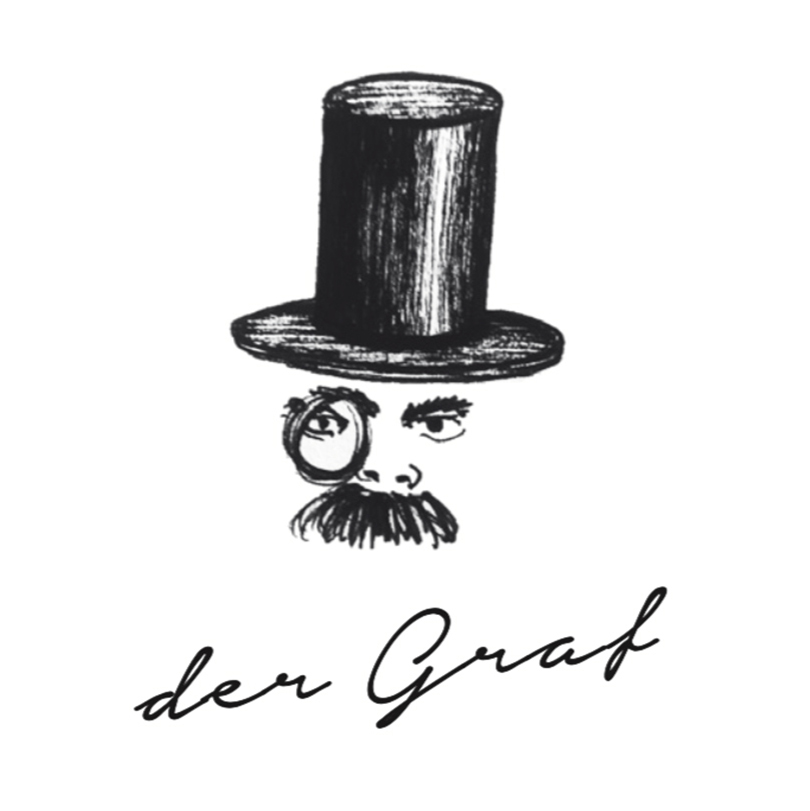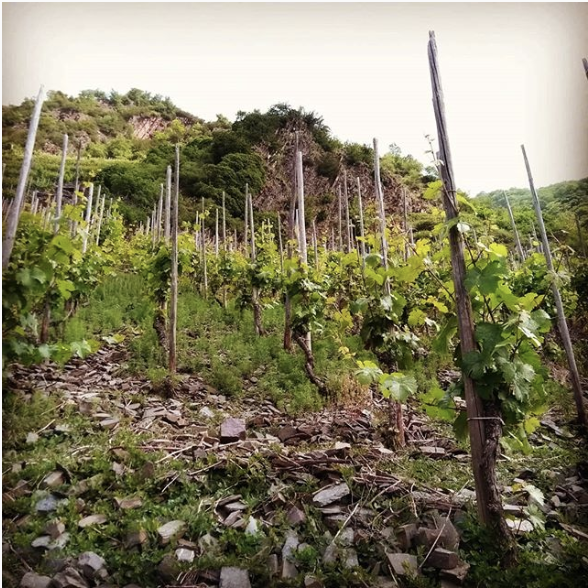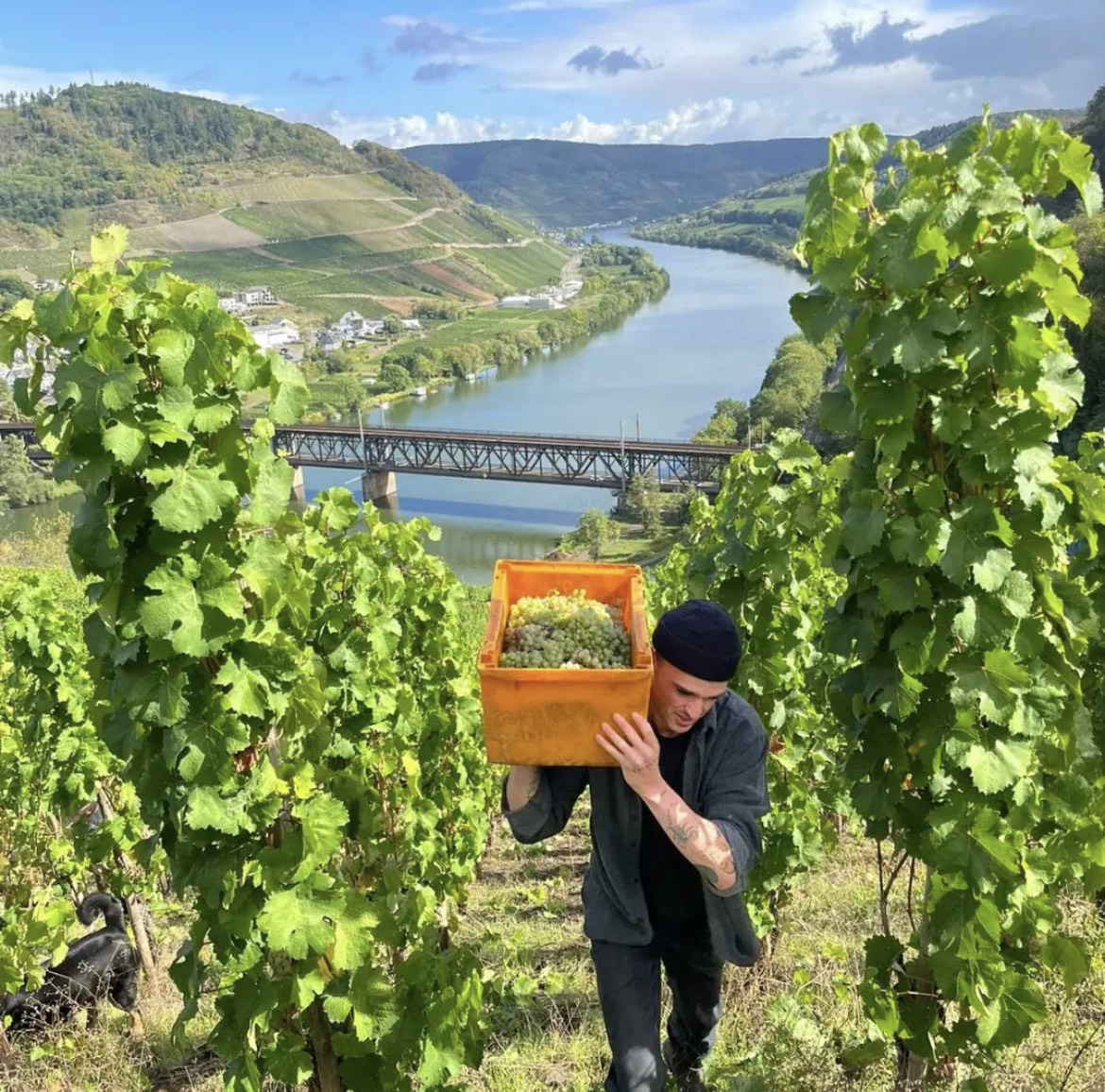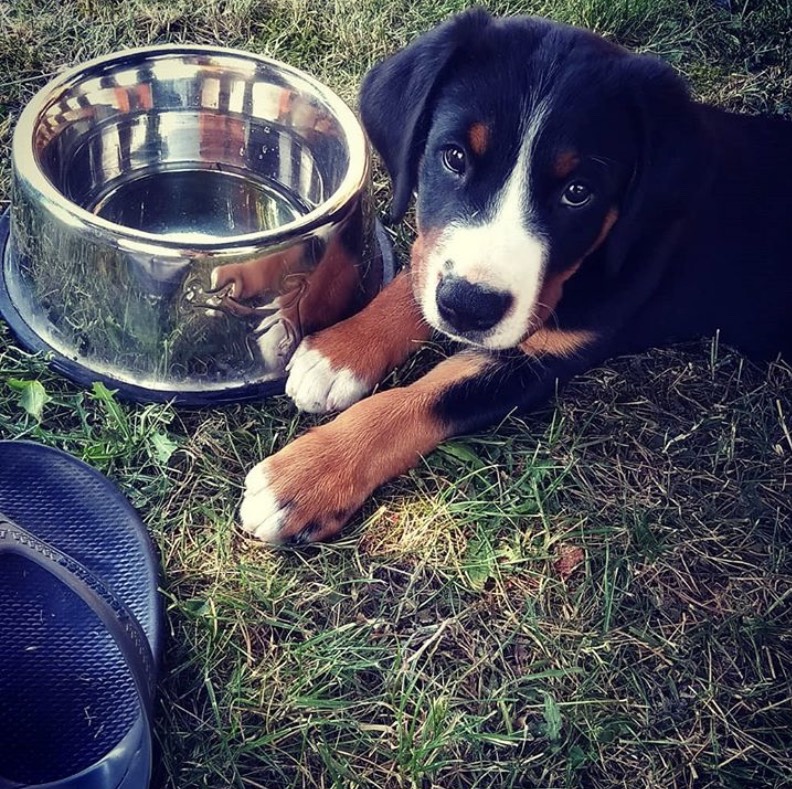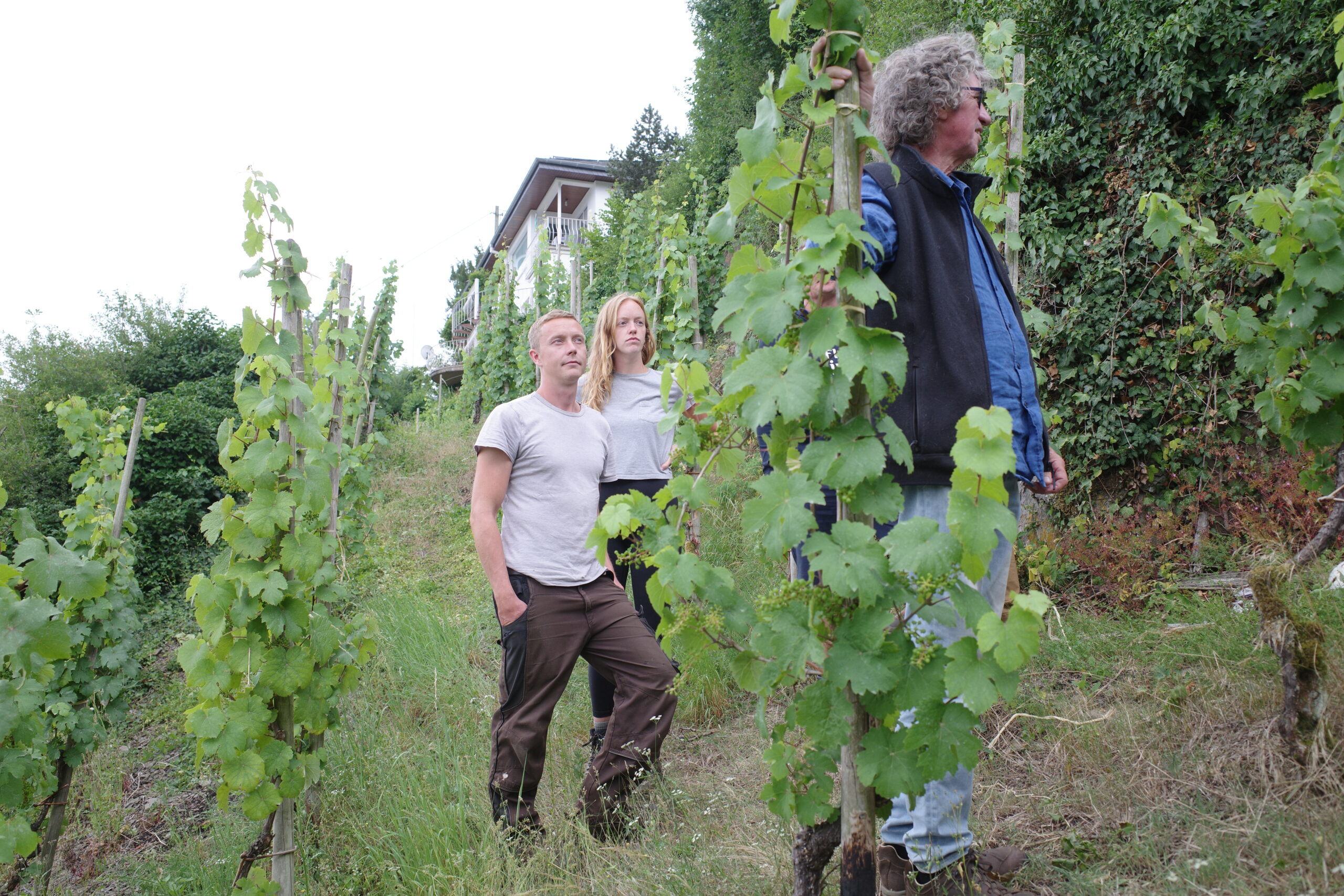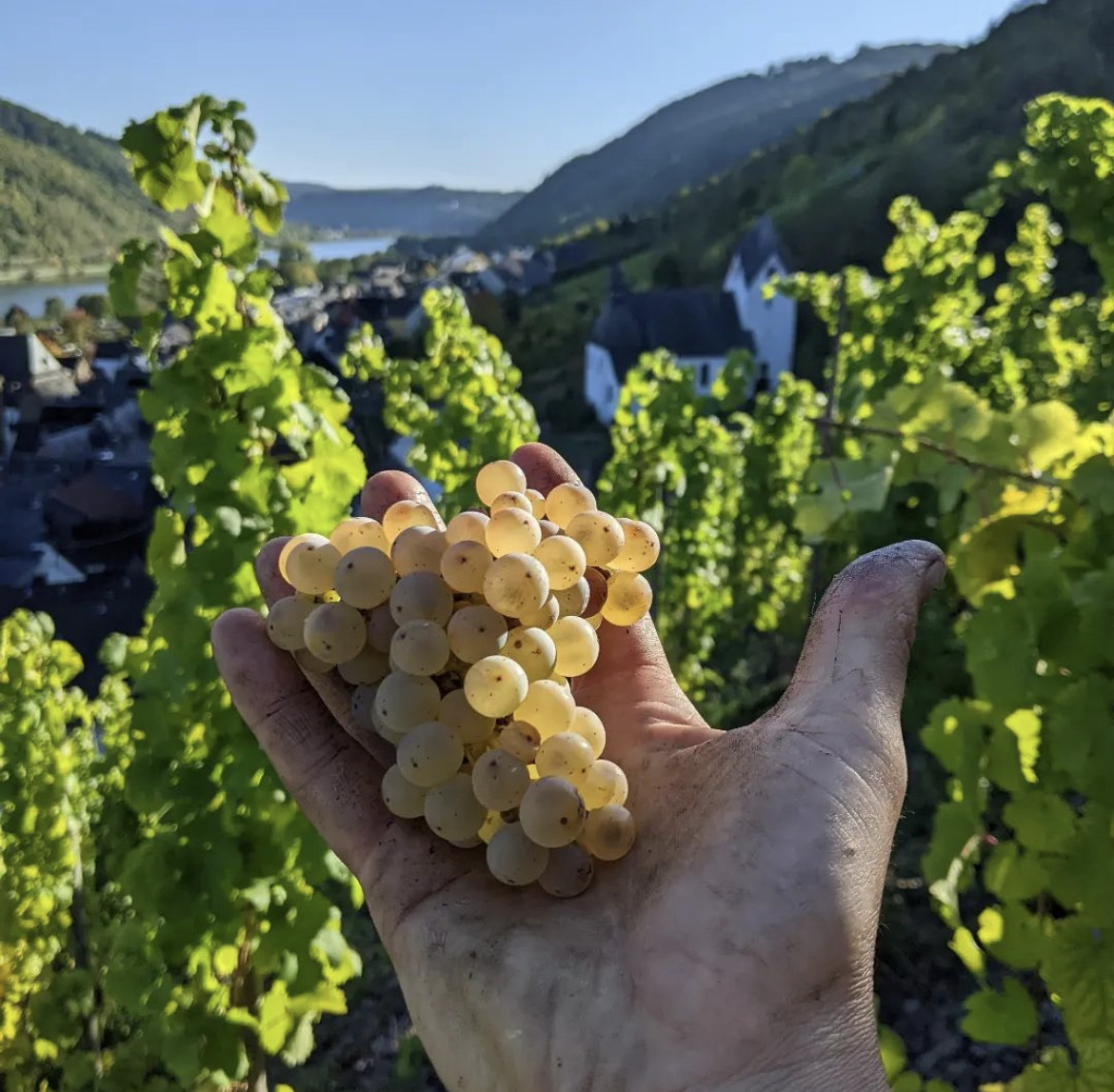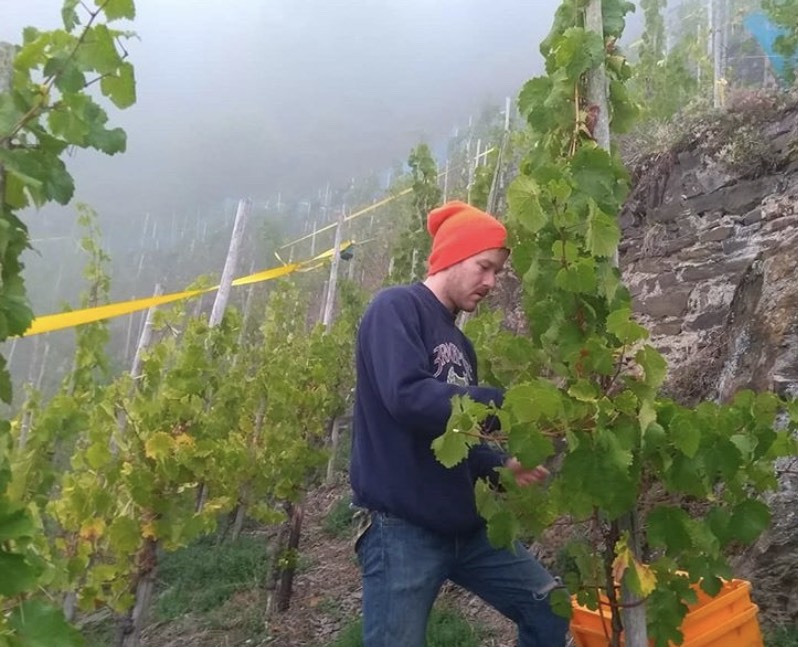The short story is that a young Collin Wagner met a young Philip Lardot in France during harvest 2013 and proceeded to talk Philip into going to the Mosel.
The longer story is, of course, a bit more complicated.
Collin Wagner, who is now something of German-wine-sales royalty, a colleague here at vom Boden and a dear friend, was at the time a chef, intellectual, traveler, laborer. The fact that Lardot is a Finnish-born, Amsterdam-raised, introspective, pentalingual, autodidact doesn’t make the story any simpler.
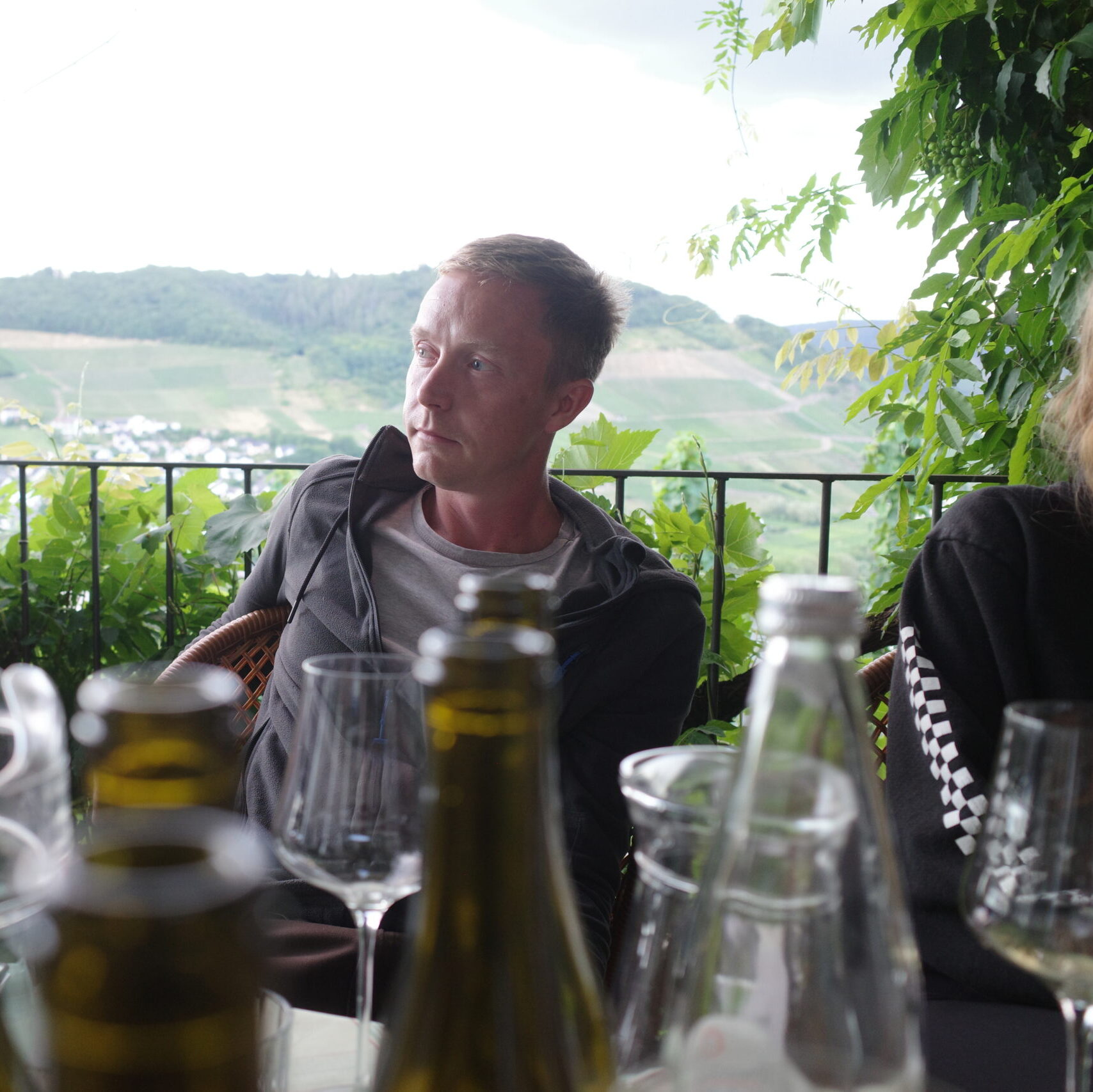 Yet the beginning is clear enough. Philip came to the Mosel and did his first harvest with Collin at Clemens Busch in 2013. Something important happened during this harvest – what exactly that was is harder to articulate. Regardless, Philip quickly decided to quit his job back in Amsterdam and return to work in the Mosel with Clemens through 2014.
Yet the beginning is clear enough. Philip came to the Mosel and did his first harvest with Collin at Clemens Busch in 2013. Something important happened during this harvest – what exactly that was is harder to articulate. Regardless, Philip quickly decided to quit his job back in Amsterdam and return to work in the Mosel with Clemens through 2014.
The wine bug had sunk its teeth in; there was no going back to a normal life.
2015 and 2016 involved apprenticeships at places like Henri Milan, Bernard Baudry and Bertrand Jousset, though Chenin didn’t do it for him like the Riesling did (with apologies and love to Pascaline). So back to Germany Philip went in the spring of 2016. He went there with few plans: only to learn, to taste as much as he could and, hopefully, someday, to make some wines. The pull of the Mosel is real, and when it calls, well, you go.
He ended up really digging these “Stein wines” and buying a lot of them at the cellar door. That’s where the relationship between Lardot and Stein began. By the spring of 2017 he was working with Ulli Stein. For nearly five years the two of them were colleagues and friends. Stein has no kids, no obvious successor and a plan was hatched to have Philip eventually take over the estate, to eventually be the “Stein wine” guy.
Yet it just wasn’t meant to be. The two men are strong personalities, as you must be to work in this unforgiving landscape. Ulli wanted to make Stein wines; Philip wanted to make Lardot wines. In many ways, it’s as simple as this. After the 2022 harvest, the two decided to part ways. With the business relationship ended, the two could return to just being friends.
There is no denying that Philip’s wines are wines of exploration, wines that push and pull expectations of what the Mosel is, or can be.
The general Lardot aesthetic presents wines of a gauzy, satiny texture; over the years this veneer has been bolstered by a growing depth, deep, deep clarity, a gushing minerality. These are Rieslings that are not milky or heavy by any means, but that are more coating and layered. The skin-fermented Pinot Gris is a humble revelation, tart red fruit and sous bois with a crispy acidity. The Pinot Noir is brisk and alpine. All the wines have a meditative, glowing, whispering sorta feel to them, presenting the Mosel not as a lighting bolt, but as a misty, soulful, contemplative place, deep with mineral and mystery.
Which it is.
In the cellar, all the fermentations are natural and Philip does not block malolactic fermentation, which is a bit unique in the Mosel. To some extent, that signature Mosel acidity and form, that ultra-linear, lime-green acid-shockwave comes from blocking malolactic. His argument against blocking malo has a good amount of logic though: the Mosel is a cool climate, producing high acidities to begin with. Then you have a grape like Riesling which has one of the highest levels of natural acidity of any grape. Why do you want to block malolatic to accentuate the acidity more? (The answer, of course, is to accentuate the acidity even more.) But blocking malolactic can require a bit more S02, some filtering and the like, so Philip just leaves the wines alone, on their full lees, for quite some time, until bottling. Some wines are lightly filtered; most see just a little bit of S02 at bottling only.
The “Kontakt” wines are his entry-level wines. There is a white “Kontakt” made from a blend of Müller-Thurgau and Riesling and a red or rosé “Kontakt” made from Pinot Noir. While there are certain parcels (for example in Bullay) that always go into these wines, the “Kontakt” wines can also receive random single-vineyard barrels, booster shots of top-level juice that Lardot declassifies.
So yes, then there are the single-vineyard wines. As avant-garde or non-traditional as Lardot’s wines may appear to be, in another way they are profoundly classical. These top wines are, for the most part, single-vineyard Rieslings that have as their main concern, the place from which they come. Because they are bottled unfiltered and can be a touch cloudy, they would be subject to the rejection of the very conservative tasting panels of the Mosel. Thus they are bottled as “Landwein der Mosel” and are not allowed to carry their place-name. Lardot gets around this by the cast of characters he has invented for the labels. “Der Graf,” the count, comes from Piesporter Grafenberg; “der Hirt,” the shepherd, comes from Valwiger Herrenberg, the hill of the shepherd. “Der Mönch,” the monk, comes from St. Aldegunder Klosterkammer – Klosterkammer meaning the monastery room. Finally, “der Bauer,” the farmer, comes from the St. Aldegunder Himmelreich. From this steep vineyard you can look down to a vegetable patch that the villagers of St. Aldegund take care of, thus “the farmer.”
Philip’s first vintage was 2016. The next vintage, 2017, represented something like his first real commercial release, though take the word “commercial” with a grain of salt; we took everything we could get and it wasn’t enough to fill a pallet. In the last few years Lardot has added quite a few parcels and vineyards, though he is still working only a little over two hectares. While Lardot farms parcels from a number of smaller, largely unknown villages (like Bullay and Briedern), the main parcels are in and around St. Aldegund, the village of his friend and mentor Dr. Ulli Stein. Lardot has somewhere around 0.8 hectares in the Himmelreich and nearly half a hectare in the Palmberg.
For me, vintage 2020 was something of a revelation. While he had always been on the same path – the idea hadn’t changed – things felt to me like they just clicked. It is one of my all-time favorite vintages in the Mosel for dry wines, so maybe part of the obvious quality has something to do with this. But part of it seems to just be the hard-won results of a very intense labor, of a very focused vision. The wines not only have a heightened intensity, a broader range, more vivid and transparent notes, they also just seem to have found their voice – and it is a new voice for the Mosel.
I have no doubt that when the story is written about the Mosel in the early 21st century, Lardot’s wines will be a foundational part of this story.
The fucking thrill of it all is that we get to taste the story being written, right now.
